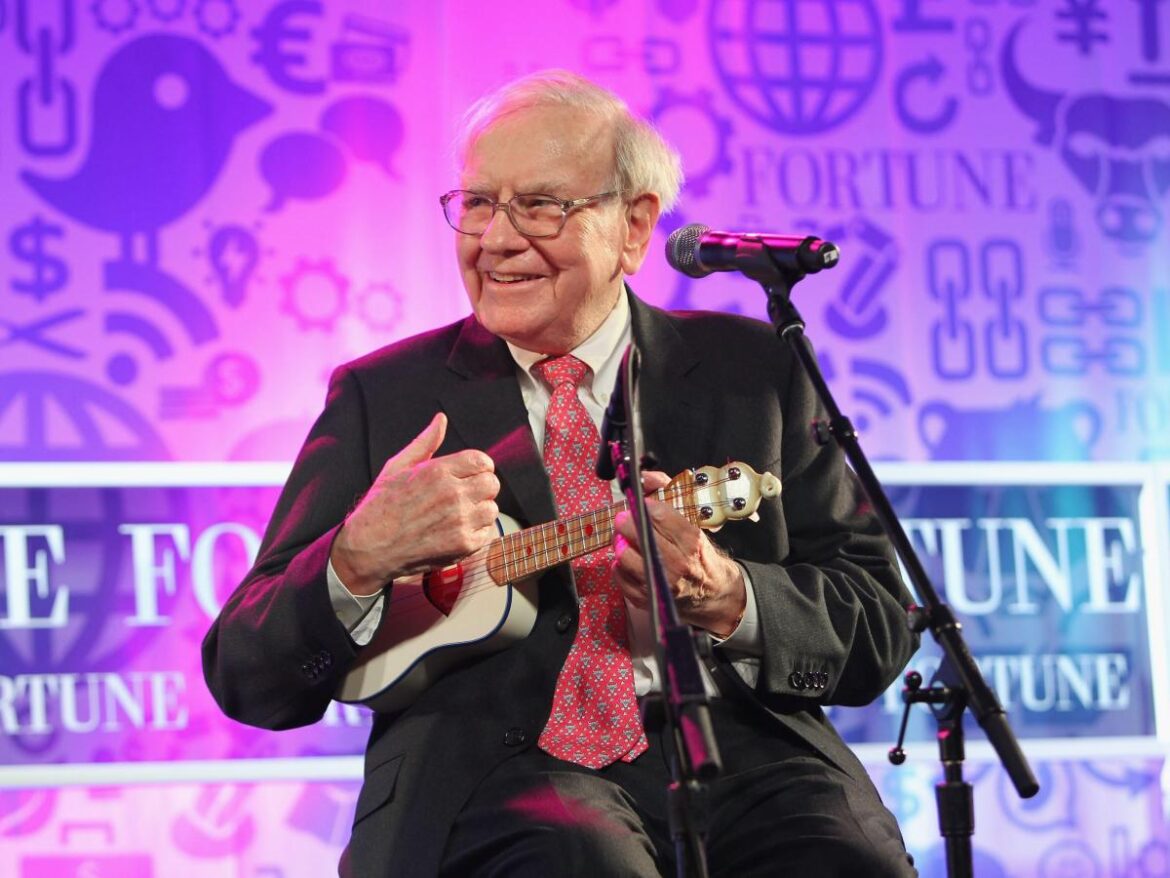
‘When I married my husband, he sold his house, which was valued at about $100,000 more than mine, but he had no equity in it.’
Source link
Fortune
How the billionaire spends his fortune, from McDonald’s breakfasts to a rare and ‘indefensible’ splurge
-
Berkshire Hathaway CEO and chairman Warren Buffett’s net worth is an estimated $136 billion.
-
He’s the world’s eighth-richest person, per Bloomberg, above Google founders Larry Page and Sergey Brin.
-
Buffett is known for living modestly and being one of the world’s most generous philanthropists.
Warren Buffett’s had a good start to the year — his fortune has ballooned by more than $16 billion so far.
With an estimated net worth of $136 billion, according to the Bloomberg Billionaires Index, the 93-year-old Berkshire Hathaway chairman and CEO is the eighth-wealthiest person in the world. He’s richer than Google cofounders Larry Page and Sergey Brin, worth $133 billion and $126 billion respectively.
Looking at Buffett’s frugal ways, though, you might not know it.
Still living in the house he bought in the 1950s and driving an equally modest car, the “Oracle of Omaha” prefers to keep and grow his money rather than take it out of the bank. He often eats breakfast from McDonald’s and borrowed furniture when his children were born.
See how Buffett spends — or doesn’t spend — his billions.
Buffett’s hobbies include bridge, golf, and playing the ukulele.
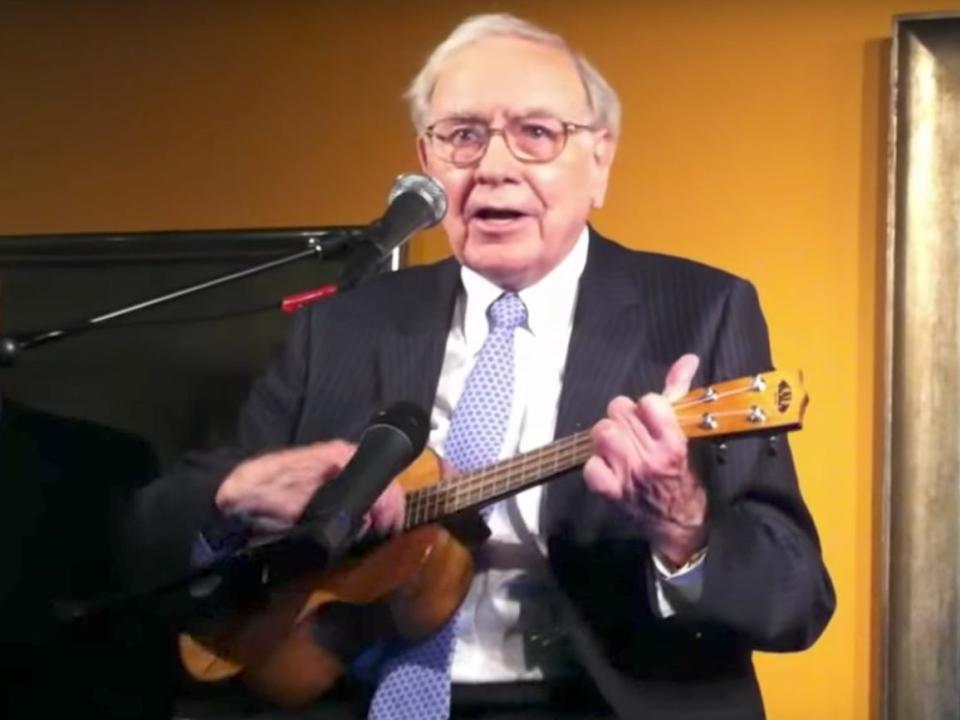
Buffett loves playing bridge, sometimes playing for over 8 hours a week, the Washington Post reported. He also likes to hit the green for some golf, spends a great deal of his time reading, and loves to play the ukulele — he said in 2020 that he has a collection of 22 ukuleles. He’s played the ukulele since he was young and used his skills to court his first wife Susan, their son Peter once told NPR.
Buffett once bought and donated 17 Hilo ukuleles to the North Omaha branch of the nonprofit Girls Inc, and showed up at the group’s building to give a group lesson.
His fortune is largely tied to his investment company.
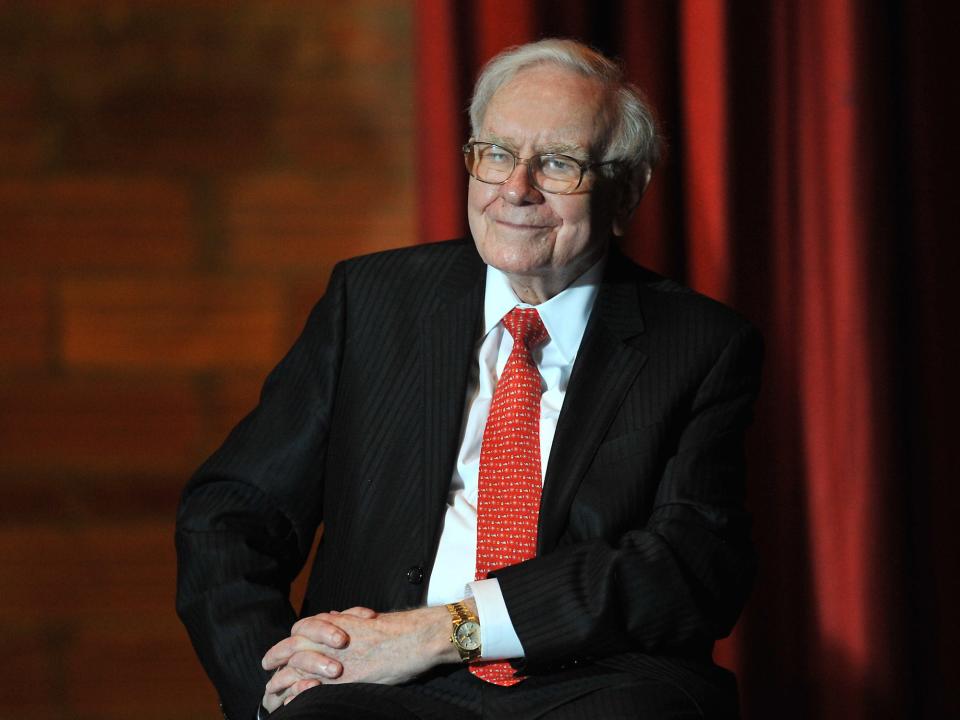
The vast majority of Buffett’s net worth is tied to Berkshire Hathaway, his publicly traded conglomerate that owns businesses like Geico and See’s Candies and holds multibillion-dollar stakes in companies like Apple and Coca-Cola.
Berkshire’s latest proxy statement shows that Buffett owns about 15.1% of Berkshire — a stake valued at over $135 billion.
Berkshire Hathaway itself owns over $1 trillion in assets, Insider previously reported.
Buffett began investing at a young age.

The CEO of Berkshire Hathaway began building his wealth by investing in the stock market at age 11, according to Forbes, and first filed a tax return at the age of 13.
As a teenager, he was raking in about $175 a month by delivering The Washington Post — more than his teachers (and most adults). Berkshire Hathaway later owned nearly 30% of the newspaper for 40 years until shedding the stake in 2014.
He also sold calendars, used golf balls, and stamps. He had amassed the equivalent of $53,000 by the time he was just 16.
Most of Buffet’s fortune was built later in life.
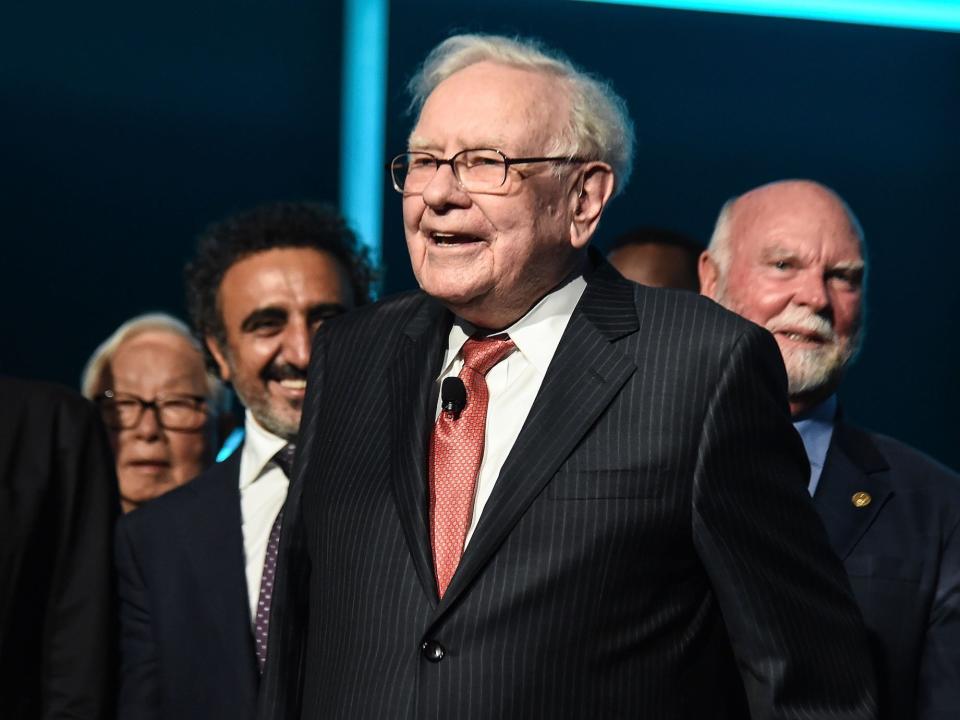
The vast majority of Buffett’s wealth was earned after his 50th birthday. His salary at Berkshire Hathaway last year was just $100,000, the same as it’s been the last 40 years, and he reimbursed the company $50,000 in part to cover his personal calls and postage.
The company spent triple Buffett’s yearly salary — $313,595 — on his personal and home security last year, according to the company’s proxy statement.
Buffett’s worst investment was a Sinclair gas station.

Buffett’s greatest investment mistake is said to be a Sinclair gas station that he bought in 1951 at the age of 21 — he bought a stake in the station with a friend, and the business was consistently outsold by the larger Texaco station opposite it.
He eventually lost the $2,000 he invested out of his total net wealth of $10,000 at the time, Yahoo Finance reported, referencing Glen Arnold’s book “The Deals of Warren Buffett, Volume 1: The First $100M.”
Buffett has been married twice and has three children.

Buffett married his first wife, Susan Buffett, in 1952. Together they had three children: Susie, Howard, and Peter. Though he and Susan remained married until Susan’s death in 2004, they had lived apart since the 1970s. He married his second wife and longtime companion, Astrid Menks, in 2006.
When Susie was born, Buffett apparently turned a dresser drawer into a bassinet for her to sleep in, according to Roger Lowenstein’s 2008 biography of the billionaire. For his second child, Howard, he borrowed a crib.
Buffett lives a modest lifestyle.
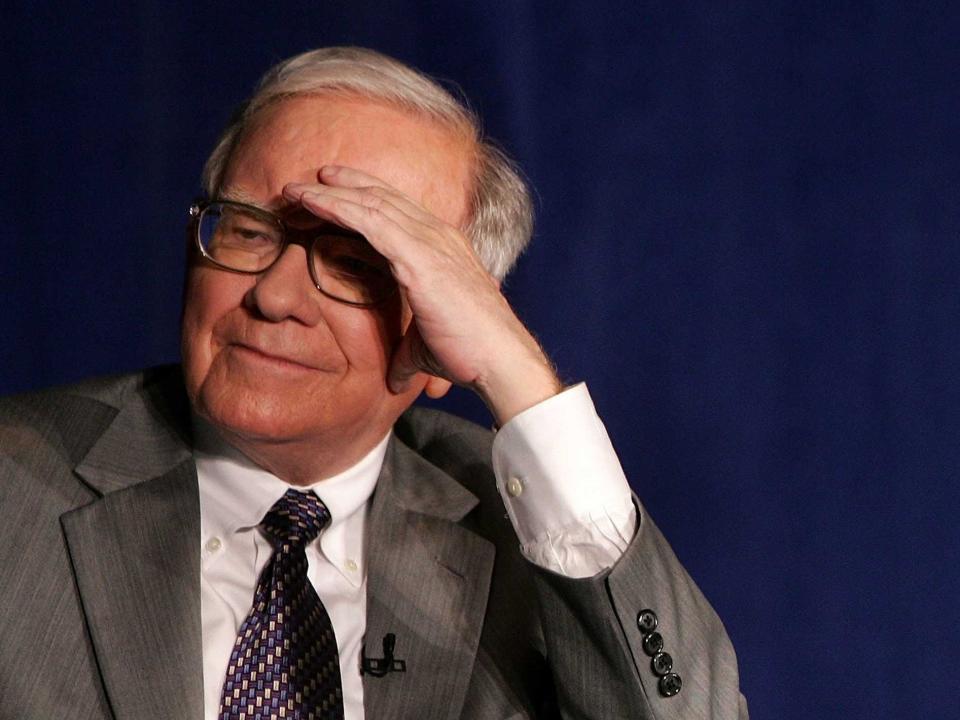
Despite his multibillionaire status, Buffett has long lived a relatively modest and frugal lifestyle. He previously told CNBC and Yahoo Finance’s “Off the Cuff” that he’s “never had any great desire to have multiple houses and all kinds of things and multiple cars.”
Buffett lives in the same home he bought in the 1950s in Omaha, Nebraska.
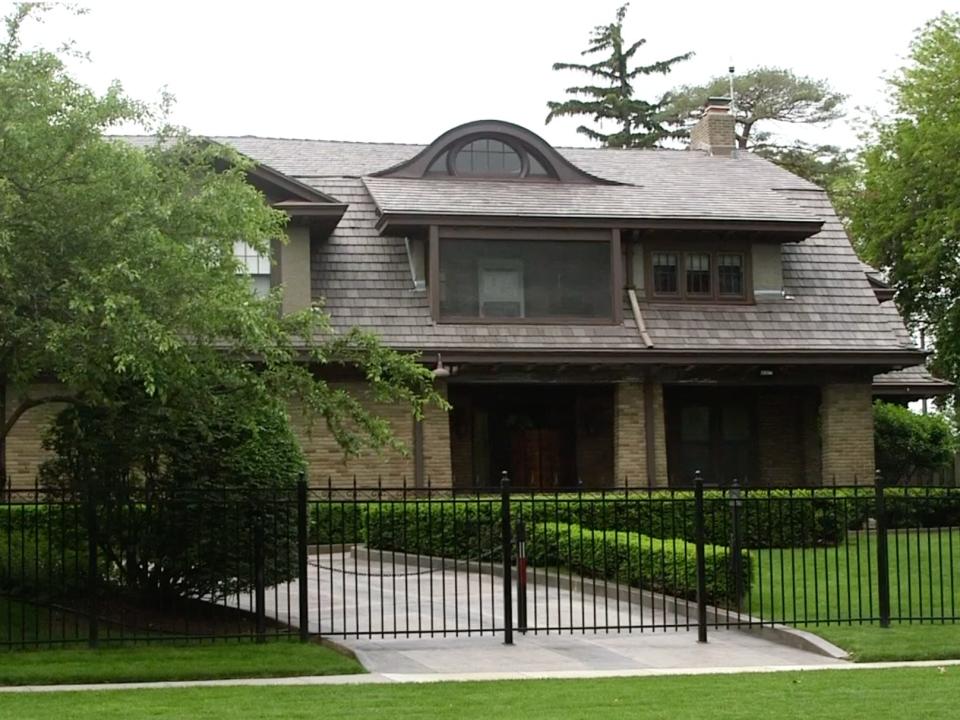
Buffett lives in a modest home in Omaha, Nebraska, which he once called the “third-best investment” he’s ever made in a letter to Berkshire shareholders.
He bought the home for $31,500 in 1958 — adjusted for inflation, that’s about $338,000. It’s now worth an estimated $1.4 million, according to Zillow, and spans 6,280 square feet with five bedrooms and 2.5 bathrooms.
Buffett has made some security upgrades since buying it and it’s now guarded by fences and security cameras.
Buffett used to own a vacation home in California.
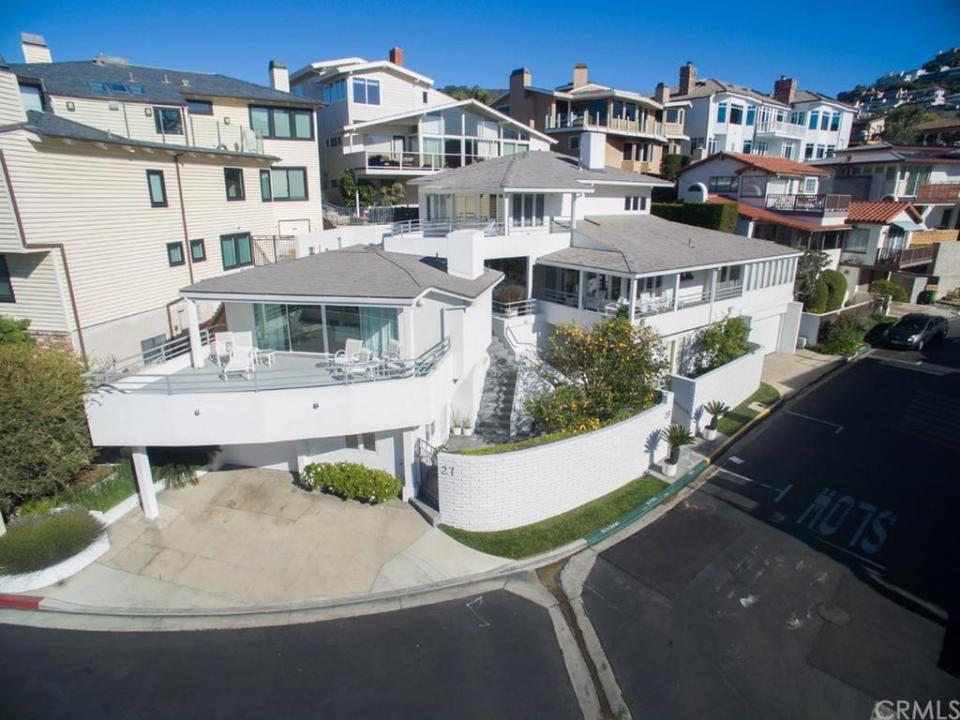
In 1971, Buffett purchased a vacation home in Laguna Beach, California, for $150,000. Part of a gated community called Emerald Bay, the house has six bedrooms, is walking distance from the beach, and was renovated after Buffett bought it.
He initially put it on the market in early 2017 for $11 million, then cut the price down to $3 million later that year. It sold in October 2018 for $7.5 million, after almost two years on the market.
Buffett’s choice of vehicle has also long been modest.
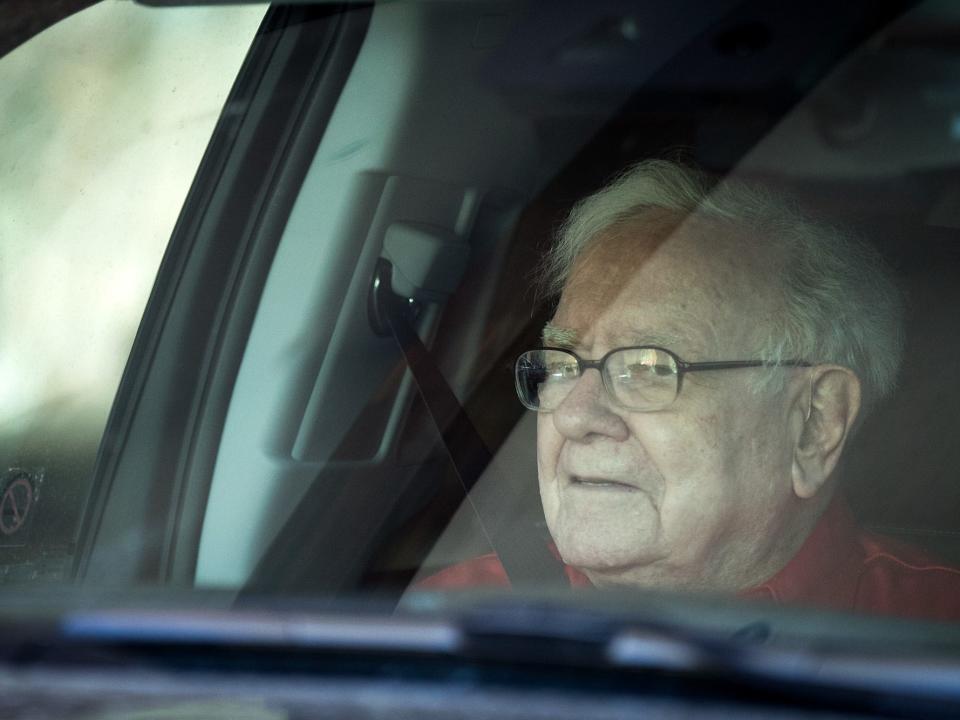
Unlike many other ultra-wealthy individuals, Buffett has long driven a fairly modest set of wheels.
He previously drove a 2001 Lincoln Town Car with a license plate that read “THRIFTY” for about a decade, before auctioning it off for charity and replacing it with a 2006 Cadillac DTS. In 2014, he replaced the DTS with a Cadillac XTS, according to Forbes.
“The truth is, I only drive about 3,500 miles a year so I will buy a new car very infrequently,” Buffett once told Forbes.
Buffett has splurged on a private jet.
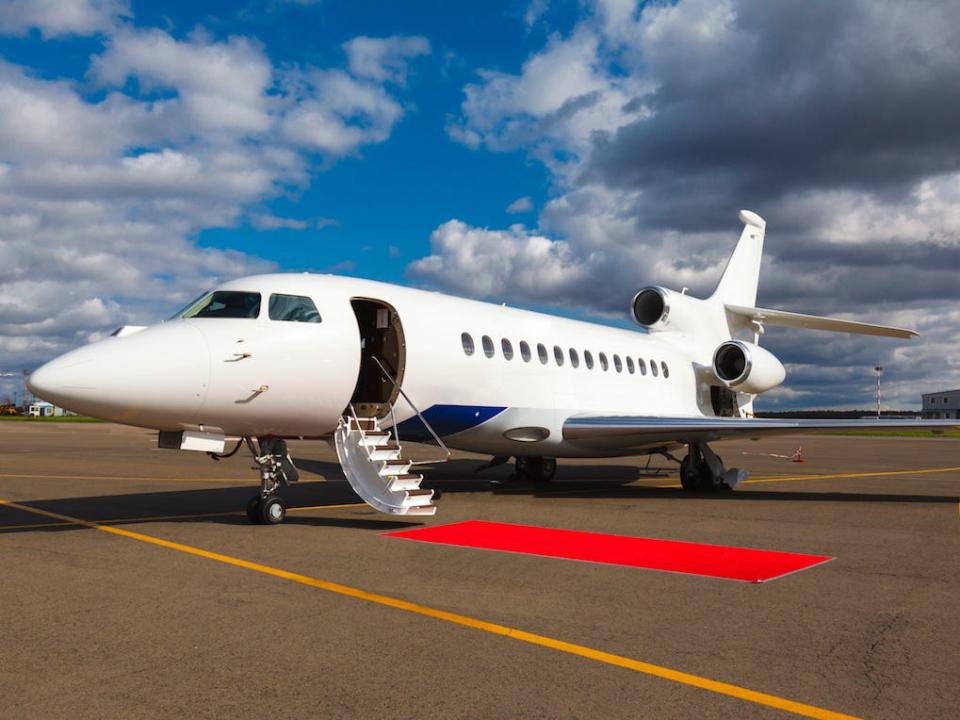
One splurge Buffett has made is on a private jet. Buffett spent $850,000 on a used Falcon 20 jet in 1986, then sold the first jet and upgraded to a different used jet in 1989, spending $6.7 million.
He and his late business partner Charlie Munger nicknamed the second jet “The Indefensible,” Buffett revealed in a letter to shareholders.
Buffett used a flip phone for years.
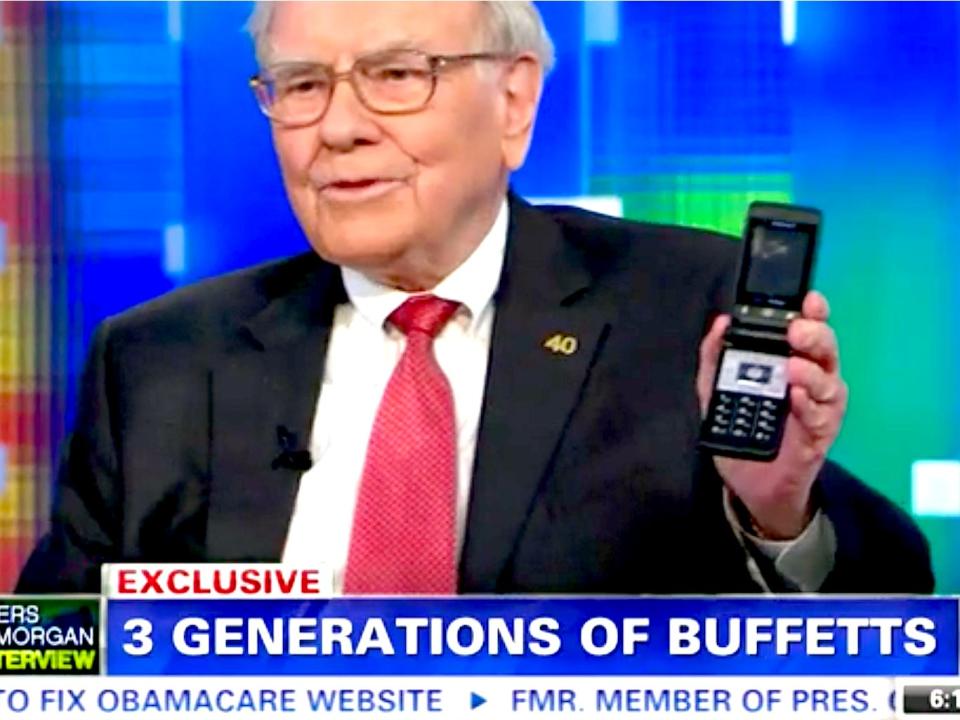
Despite the fact that Berkshire Hathaway is a major Apple shareholder, Buffett didn’t upgrade to a smart phone until 2020.
Before that he preferred the Samsung SCH-U320, which can be bought on eBay for under $20.
Though Buffett did make the switch to an iPhone eventually, he told CNBC that he just uses it “as a phone.”
Buffett’s style includes suits from a Chinese designer and affordable haircuts.
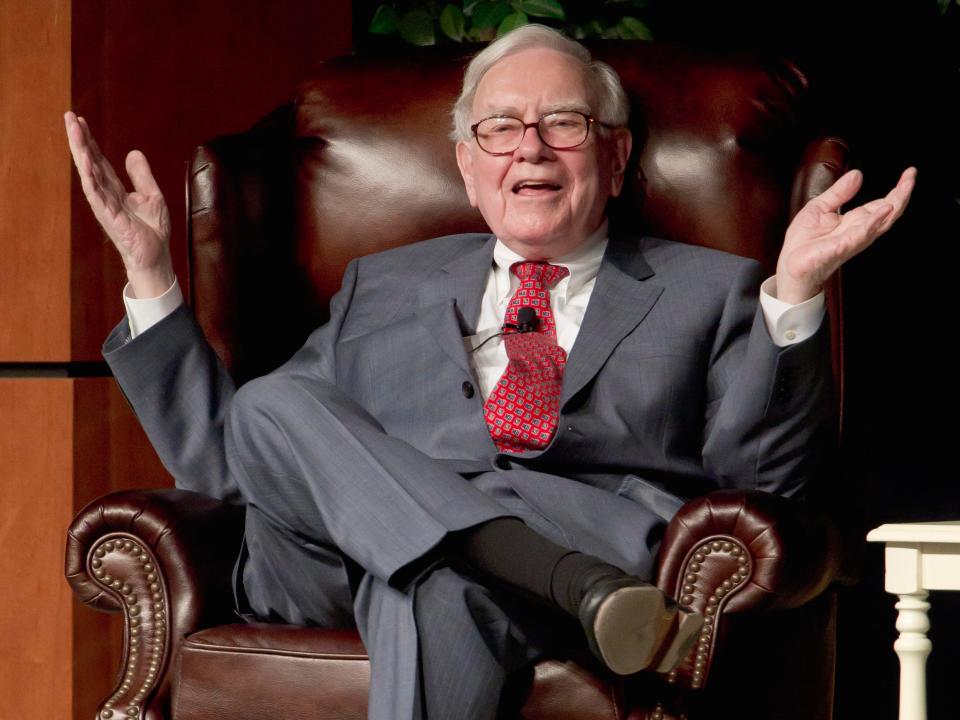
Buffett has said he has about 20 suits, all made in China by designer Madame Li, according to CNBC.
He has a longstanding friendship with Li, an entrepreneur who worked her way up in the business. Buffett’s gotten the same $18 hair cut for years from a barber shop in the same building as his office.
Buffett regularly eats at McDonald’s and drinks a lot of Coke.
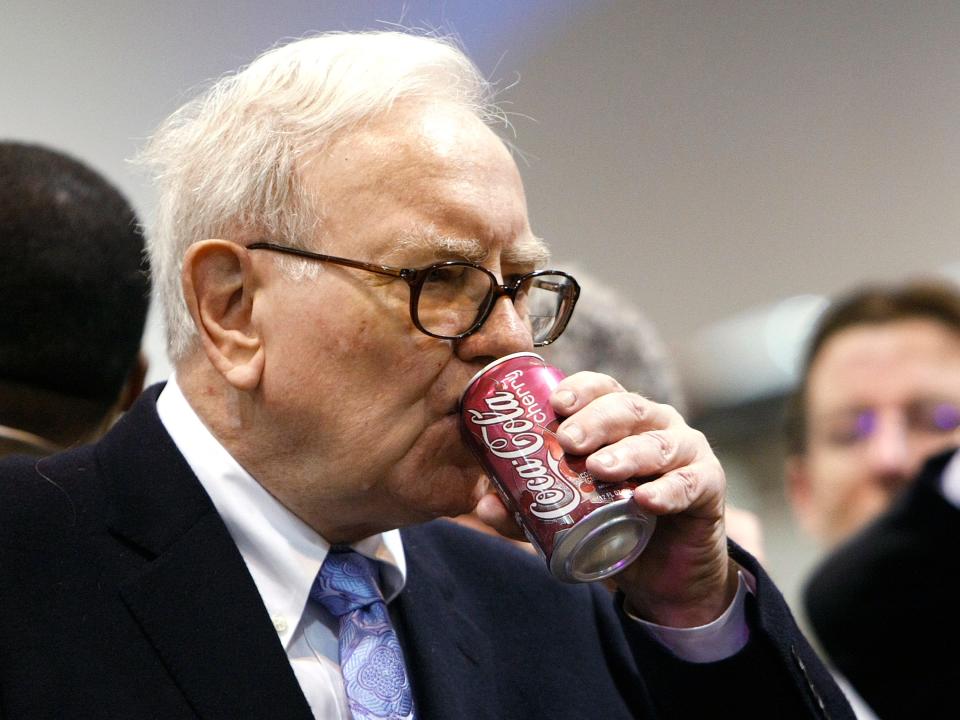
Buffett once told Fortune that he eats “like a six-year-old.” He gets his breakfast at McDonald’s almost every morning on the way to work.
In 2017, he was spending no more than $3.17 on his order, paying with exact change, he said in the HBO documentary “Becoming Warren Buffett.” He also drinks at least five Cokes a day.
Buffett is longtime friends with Bill Gates.
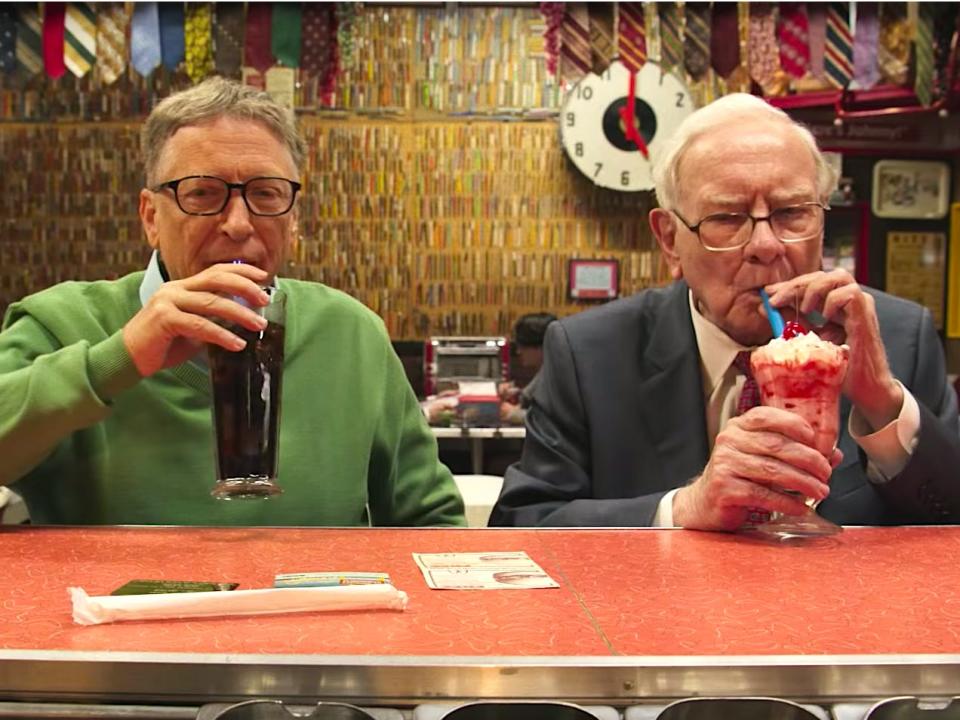
Buffett once went to McDonald’s in Hong Kong with longtime friend Bill Gates and paid with coupons, Gates reminisced in his 2017 annual letter.
The letter reads: “Remember the laugh we had when we traveled together to Hong Kong and decided to get lunch at McDonald’s? You offered to pay, dug into your pocket, and pulled out …coupons!”
Gates has described Buffett as a “thoughtful and kind” friend, and has said that every time he visits Omaha, Buffett drives to the airport to pick him up.
Buffett is one of the world’s most generous philanthropists.
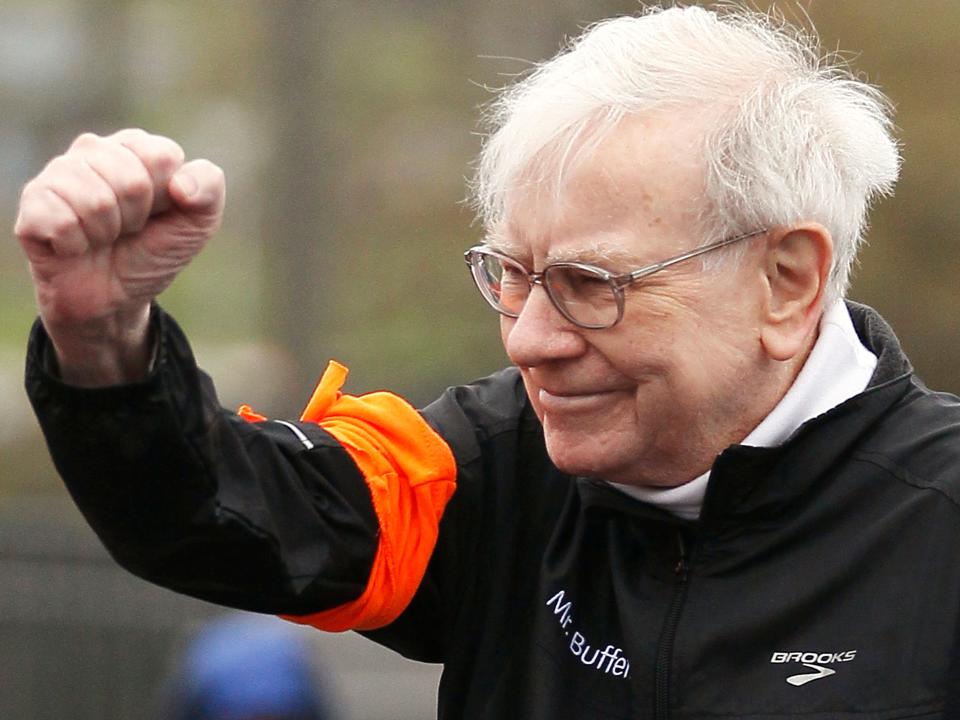
Warren Buffett is considered one of the world’s most generous philanthropists. He pledged in 2006 to donate about 85% of his Berkshire Class A shares to five foundations: the Bill & Melinda Gates Foundation, the Susan Thompson Buffett Foundation (named after his late wife), and three foundations run by his three children.
He teamed up with Bill and Melinda Gates in 2010 to form The Giving Pledge, an initiative that asks the world’s wealthiest people to dedicate the majority of their wealth to philanthropy. Buffett himself has pledged that 99% of his wealth will go to philanthropy during his lifetime or upon his death.
As of 2023, the shares he’s already given away were worth about $50 billion based on their value at the time of donation, or about $130 billion given Berkshire Hathaway’s stock value at the time. If Buffett had kept those shares rather than donating them, he’d likely be the world’s wealthiest person with a net worth of nearly $300 billion.
Buffett plans on leaving his kids $2 billion each, the Washington Post reported in 2014. He once said in a letter to shareholders that he recommends that super-wealthy families “leave the children enough so that they can do anything but not enough that they can do nothing.”
Even for Buffett, there are things that money can’t buy.
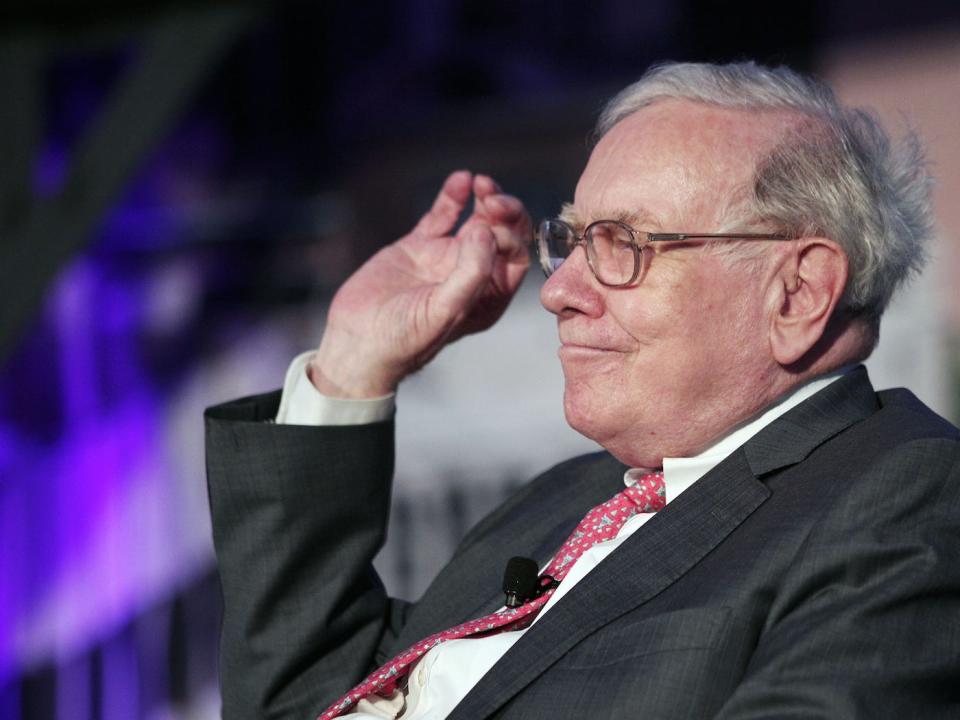
“There are things money can’t buy,” Buffett once said at a shareholder’s meeting. “I don’t think standard of living equates with cost of living beyond a certain point. My life couldn’t be happier. In fact, it’d be worse if I had six or eight houses. So, I have everything I need to have, and I don’t need any more because it doesn’t make a difference after a point.”
Read the original article on Business Insider
When it comes to estate planning and family giving, the funds tend to run downstream to the younger generations. But one strategy — called upstream giving — could assist older generations during their lifetime and lessen taxes for the family overall.
This complicated strategy isn’t for the faint of heart. There’s a lot to consider, and a lot of steps need to happen in perfect order for it to work as intended.
“While…
Master your money.
Subscribe to MarketWatch.
Get this article and all of MarketWatch.
Access from any device. Anywhere. Anytime.
Already a subscriber?
Log In
1 Trailblazing Cathie Wood Stock to Buy Now That Could Make You a Fortune
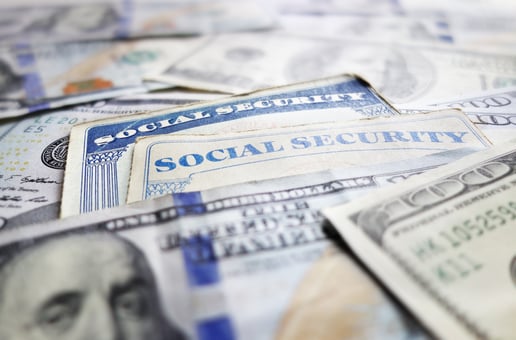
Here’s the Average Social Security Benefit at Age 66
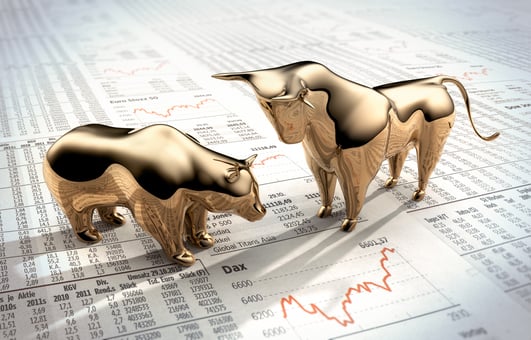
A Bull Market Is Coming: 2 Phenomenal Growth Stocks to Buy Before They Soar 93% and 127%, According to Wall Street
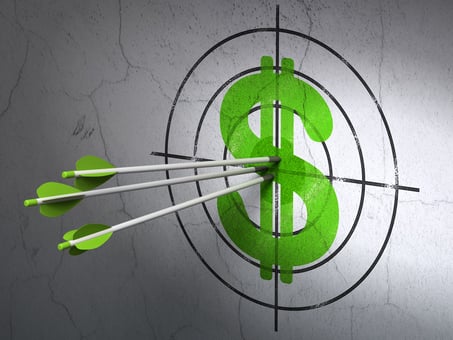
1 Artificial Intelligence (AI) Stock to Buy Now That Could Soar Like Nvidia

3 Unstoppable Dividend Stocks That Can Provide Passive Income for a Lifetime
Apple’s Lesser-Known Co-Founder Owned ⅓ Of The Company But Missed Out On A Potential $900 Billion Fortune

With the late Steve Jobs and Steve Wozniak, Apple Inc.‘s co-founders, dominating the tech world for decades, it’s easy to overlook the vital role played by a lesser-known figure: Mike Markkula.
While Jobs and Wozniak captured the limelight, Markkula’s contributions to Apple’s success were no less significant. From angel investor to CEO and chairman, Markkula’s journey with Apple showcased his belief in the power of personal computers.
See more on startup investing from Benzinga:
Born on Feb. 11, 1942, in Los Angeles, Markkula was no stranger to the world of technology. Armed with bachelor’s and master’s degrees in electrical engineering from the University of Southern California, this Trojan brother was already well-versed in the intricacies of the field. Markkula’s career at Fairchild Semiconductor International Inc. and Intel Corp., where he retired as a millionaire at the young age of 32, showcased his deep understanding of the tech landscape.
It was during an encounter with Jobs and Wozniak that Markkula’s trajectory took a momentous turn. Recognizing the potential of the Apple II computer, Markkula’s imagination soared. Fueling his conviction with action, Markkula emerged from retirement in 1977, becoming an angel investor in Apple. His $250,000 investment, a combination of loans and equity, solidified his position as the second CEO, third employee and a significant one-third owner of the budding company. In 2023, a one-third stake in Apple would be worth about $900 billion.
This unfortunate reality for Markkula highlights an important lesson for investors and the general potential with longer-term investments and the lucrative but volatile nature of startups. For example, despite the recent decline in venture capital, retail investors have invested over $1 billion through startup investing platforms like StartEngine.
Markkula’s Impact
Markkula, eight years older than Wozniak and 13 years older than Jobs, brought a mature perspective and technical prowess to the table. His contributions to Apple’s early innovations, including writing several programs for the Apple II and beta testing hardware and software, further solidified his importance at the company.
Markkula’s business expertise breathed new life into Apple’s operations. He orchestrated credit arrangements and secured vital venture capital investments, propelling the company forward.
With the appointment of executive Michael Scott as Apple’s first president and CEO, Markkula’s vision for a Fortune 500 company started to take shape. He believed they could achieve that goal within five years. In May 1983, Apple made its debut on the Fortune 500 list at No. 411. Apple become the fastest-growing company in history.
Apple’s sales skyrocketed, with revenue climbing from $773,000 in 1977 to $117 million in 1980, the year of the company’s initial public offering. Markkula’s equity investment yielded a 220,552% gain, leaving his shares worth $203 million.
To stay updated with top startup news and investments, sign up for Benzinga’s Startup Investing & Equity Crowdfunding Newsletter
As a CEO himself from 1981 to 1983 and later chairman of the board of directors from 1985 to 1997, Markkula proved to be the steady hand steering Apple through turbulent waters. He played a pivotal role in preserving the Macintosh plan, even when Jobs attempted to derail it multiple times in favor of his own project Lisa.
Markkula’s unwavering support for Macintosh and his alignment with John Sculley, Apple’s CEO from 1983 to 1993, during a critical dispute with Jobs ultimately led to Jobs’ departure from the company.
A 1996 article reported that Markkula sold 500,000 shares, amounting to 14% of his stake in the company. But he still retained 3.1 million shares, making him the largest individual shareholder at that time. The sale was attributed to “personal reasons,” as stated by an Apple spokeswoman, although no further details were provided.
Despite retiring from Apple in 1997, shortly after Jobs’ triumphant return as interim CEO, Markkula’s impact continued to resonate. He supported Jobs’ comeback and, more importantly, left behind a legacy of keen decision-making. Markkula’s intuition, especially when it came to the personal computer market, proved spot-on.
See more on startup investing from Benzinga.
Don’t miss real-time alerts on your stocks – join Benzinga Pro for free! Try the tool that will help you invest smarter, faster, and better.
This article Apple’s Lesser-Known Co-Founder Owned ⅓ Of The Company But Missed Out On A Potential $900 Billion Fortune originally appeared on Benzinga.com
.
© 2023 Benzinga.com. Benzinga does not provide investment advice. All rights reserved.


